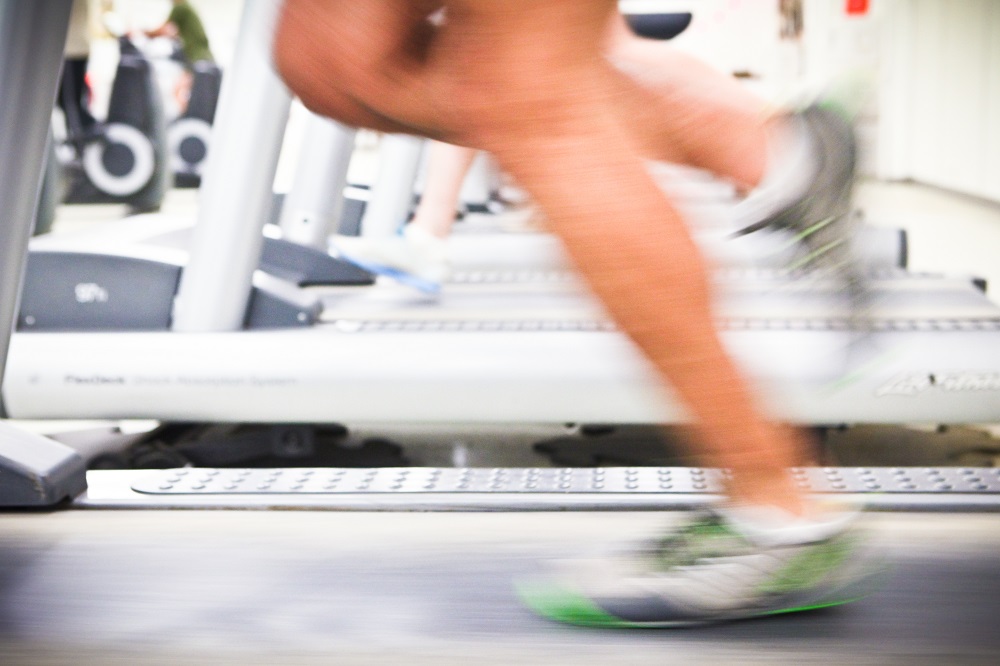Does Faster Music Make You Run Faster?
SHS DPT Program Looks at Effect of Music Tempo on Pace Speed

You’re running on the treadmill at a leisurely pace. The music changes to something faster. Will your pace increase? How about your cardiovascular health?
That was the question two Touro College School of Health Sciences (SHS) Doctor of Physical Therapy (DPT) professors and several students sought to answer in an innovative pilot study.
“Using music is a mainstream way to make exercise more fun,” explained Dr. June Kume who, together with Dr. Laura Hagan, led the study. “But there have been no formal studies to see the results of modulating the tempo. The possibilities for rehabilitative medicine could be huge if we know how a person reacts to it.”
SHS DPT Students Kelly Melisurgo, Danielle Insardi, Matthew Helleckson, Steven Liu and Ashley DeRemer created a research protocol, recruited participants, and identified appropriate music. Songs were categorized by beats per minute and spread across a wide genre of music from hip-hop to radio classics of the 1950s.
“We looked up songs that were popular and we broke them up into categories based on tempo,” said Insardi. “We used YouTube a lot.”
After recruiting participants between the ages of 18-64 and dividing them into a control group and an experimental group, the students found a baseline for each participant. Participants were instructed to walk or run at their fastest comfortable pace for 10 minutes three times a week for eight weeks along with a five-minute warm-up and cool-down period. In the experimental group, participants were given a range of music to choose from where the beats per minute were increased, while the music of the control group remained the same. Throughout the course of the study, the beats-per-minute for the experimental group were increased by 10 percent in the first four weeks and twenty percent in the last four weeks.
After the study ended, the students ran the findings through a statistical analysis and though the results didn’t show statistical significance, they did have an impressive clinical result.
“The control group increased their pace by 7.4 percent,” said Insardi. “The experimental group increased their pace by 13.5 percent. The control group shaved off a minute, the experimental group shaved off a minute-and-a-half.”
“It taught us a lot about conducting research,” said Melisurgo.
“It’s exciting since the application of this is so real,” said Dr. Kume. “While there were no significant changes we did see some notable effect size changes to suggest something is happening and so it warrants further review.”
The abstract of the paper, “Assessment for the Modulation of Pace and Distance in Response to Musical Auditory Cueing During Treadmill Exercise in Healthy Individuals,” was just submitted to the APTA Combined Sections Conference to be held in 2018. Dr. Kume said that the study is anticipated to continue into the future with an increase in the sample size.

